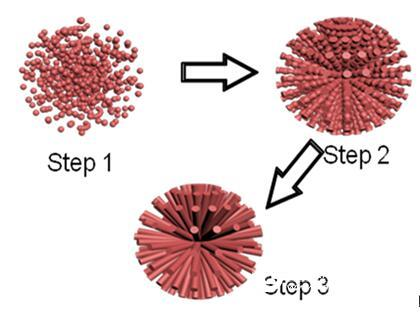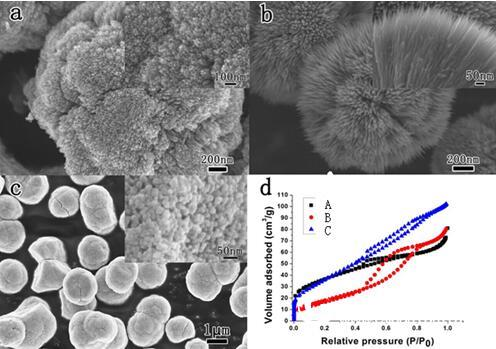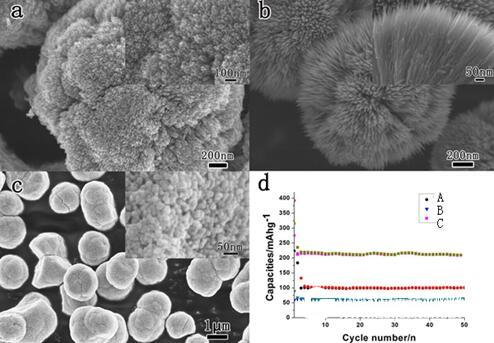——Modification of anode materials for lithium ion batteries
Preface
Commercially available lithium-ion batteries use carbon as the anode material. However, as a negative electrode material for lithium ion batteries, the carbon material has a relatively low lithium-intercalation potential, which is liable to cause precipitation of metallic lithium, and the thermal stability of the carbon material is poor, which is prone to safety accidents and greatly reduces the safety performance of the lithium ion battery. Titanium oxide is the most active material for negative electrode batteries that has the potential to replace carbon materials due to its good cycle stability and safe charge-discharge voltage (1.5V), abundant reserves, non-toxicity and environmental pollution.

Rutile type titanium oxide delithium lithium intercalation model
As shown above, in the study of many rutile titanium oxide delithium intercalation mechanisms, it is mentioned that the diffusion of lithium ions in rutile crystals can only be carried out along the [001] direction (blue area in the above figure). On the (110) crystal plane (the red area in the above figure), lithium ions are only stored in the case of interface adsorption. The lithium storage on the (110) crystal plane is only on the surface of the titanium oxide octahedron. Occurs, and the inside of the crystal phase does not have lithium-intercalation activity, which means that the micron-sized rutile-type titanium oxide has a low cell specific capacity when used as a negative electrode material for lithium ion batteries, how to expose more by exposure. The (001) surface to increase the specific capacity of rutile is the first problem to be solved in the development of titanium oxide based anode electrode materials.
1. Growth mechanism of rutile nanomaterials

Rutile nanoparticle growth mechanism diagram
As shown in the above figure, since the surface energy of the {110} crystal plane of the rutile crystal is much lower than the surface energy of the {001} crystal plane, the growth rate of the rutile nanocrystals in different crystal directions is greatly different, and during the growth process. In order to maintain the stability of the crystal structure, more {110} crystal planes with lower surface energy are selectively exposed.
According to this principle, as long as we add a suitable crystal growth inhibitor in the [Step 1] step to reduce the growth rate of the crystal along the {001} plane, more rutile {001} crystal planes can be exposed and also increased. The porosity of the nanocrystals provides more active sites for the lithium-ion battery to be deintercalated.
2. Microstructural characterization of nanocrystals with different growth rates

Morphology and specific surface area of ​​crystal growth in different crystal orientations with fast but uneven (a), slow (b), fast and uniform (c)
It can be seen from the above figure [C] that when the appropriate process and conditions are selected, more nanoparticles of the {001} crystal face group can be synthesized, and it has a higher relative to the other two particles. Specific surface area.
3. Lithium battery performance test evaluation

Battery performance test with fast crystal growth rate but unevenness (a), slow speed (b), fast and uniform (c)
As shown in the figure above, after the same material is controlled by morphology, the specific capacity of the lithium battery is increased from 90-100 mAh/g to 220 mAh/g, and the specific capacity is more than doubled. It can be seen that different materials synthesis processes can be used to synthesize materials with different performances.
• Postscript
As nanotechnology becomes more and more close to people's daily life, microscopic morphology analysis is no longer limited to the observation and imitation of microscopic material morphology, but also plays an increasingly important role in material modification and production process control. Important role. Provide strong technical support for the development of new materials and new products.
?
Cleaning And Remove,Enzymatic Cleaner,Mold Cleaner,Grease Cleaner
Homesafe , https://www.homesafebio.com